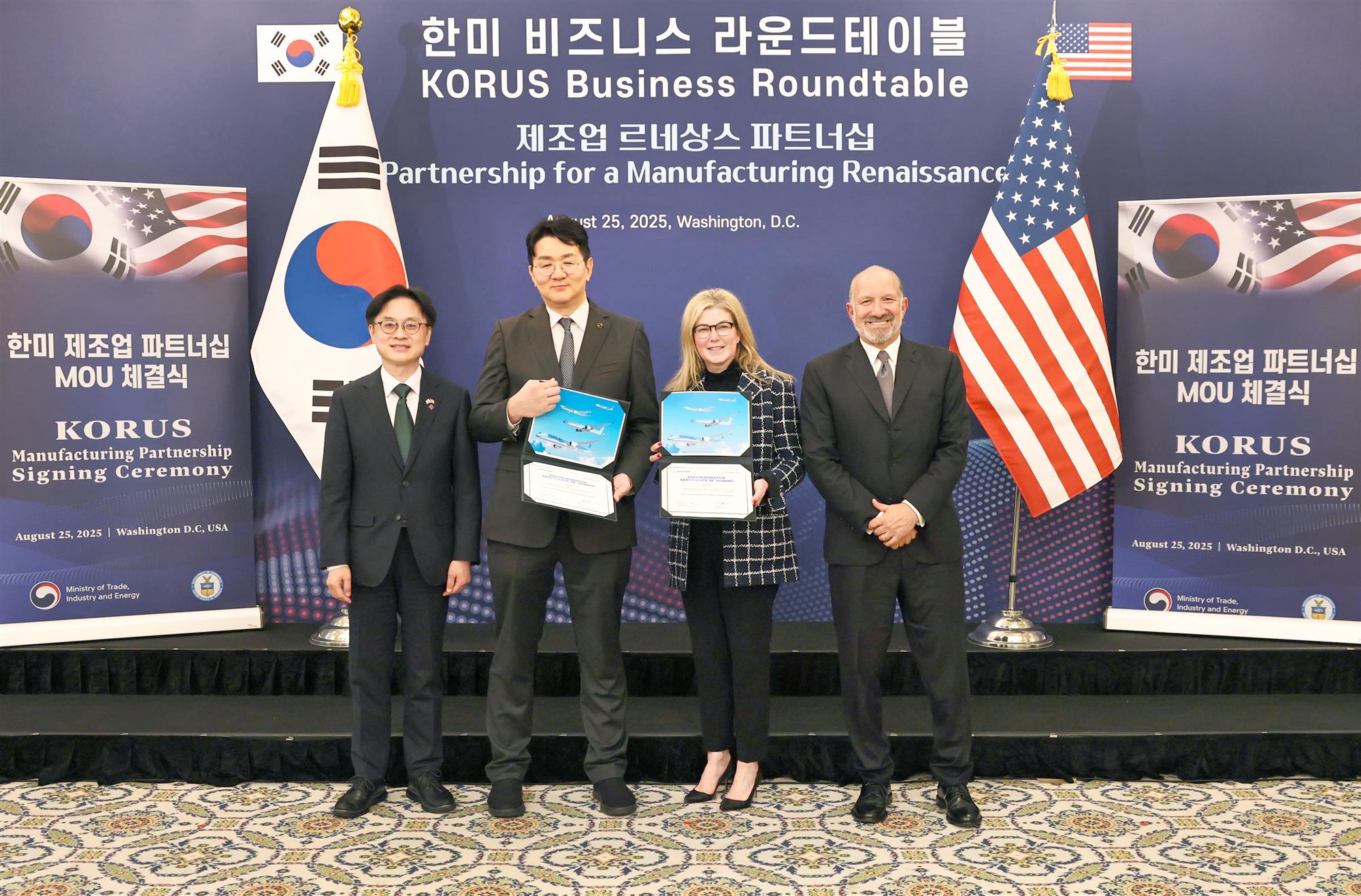Korean Air is adding eight 777-8F freighters to its fleet as part of a landmark US$50 billion deal with Boeing for the purchase of 103 next-generation aircraft.
The South Korean flag carrier said the aircraft purchase order includes 20 Boeing 777-9s, 25 Boeing 787-10s, 50 Boeing 737-10s, and eight Boeing 777-8F freighters.
The aircraft are scheduled for phased delivery through the end of 2030.
Korean Air is also purchasing 19 spare engines from GE Aerospace and CFM International, and a comprehensive engine maintenance program with GE Aerospace.

[Source: Korean Air]
The total investment is valued at approximately US$50 billion (KRW 70 trillion): US$36.2 billion (KRW 50 trillion) for Boeing aircraft, US$690 million (KRW 1 trillion) for 19 spare engines and an additional US$13 billion (KRW 18.2 trillion) for the 20-year engine maintenance service contract.
"This strategic aircraft acquisition is a proactive measure to support Korean Air's long-term growth following its integration with Asiana Airlines," Korean Air said. "The airline's investment plan extends into the mid-to-late 2030s, and reflects delivery delays affecting the global aviation industry."
Korean Air’s fleet strategy will standardize its long-term operations around five highly-efficient aircraft families: the Boeing 777, 787 and 737, along with the Airbus A350 and A321-neo.
It said that this move is expected to ensure a stable capacity growth, achieve economies of scale through fleet simplification, enhance fuel efficiency, reduce carbon emissions, and improve the overall customer experience.
In addition to the new aircraft, Korean Air will acquire 11 spare engines from GE Aerospace and eight from CFM International. The airline will also receive 20 years of engine maintenance service from GE Aerospace for 28 aircraft, representing a significant investment in operational stability and safety.
Korean Air's commercial ties with the United States date back more than five decades, beginning with its first U.S. cargo route (Seoul - Tokyo - Los Angeles) in April 1971 and its initial passenger service (Seoul - Tokyo - Honolulu - Los Angeles) a year later. Today, that cooperation continues through a trans-Pacific joint venture with Delta Air Lines.
The airline's latest aircraft order reflects a continued effort to deepen its relationship with the U.S. aviation sector. Korean Air works with several American aerospace firms, including Pratt & Whitney, General Electric, Hamilton Sundstrand and Honeywell, across engine supply, maintenance, and systems integration.
"As Korea's leading flag carrier, Korean Air will continue to serve as a vital bridge between the two countries," the carrier said. "This strategic investment in the U.S. market will further strengthen the airline’s operational capabilities and global competitiveness, and foster robust commercial ties that will drive sustained growth."



